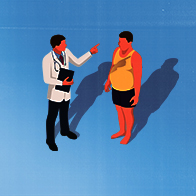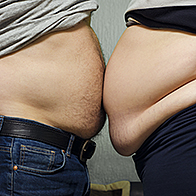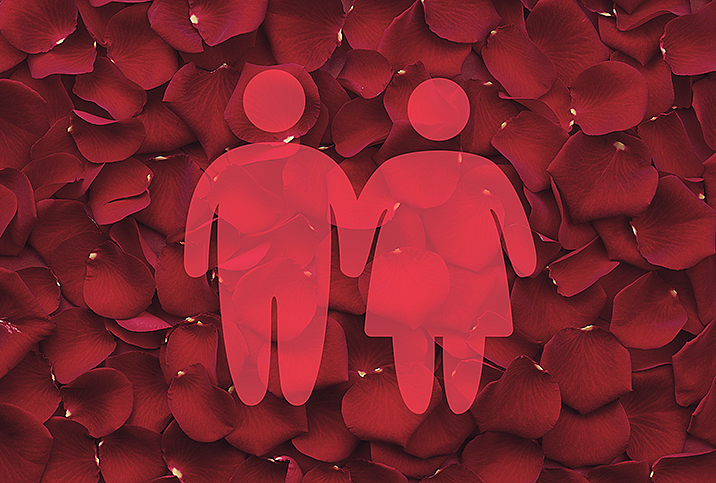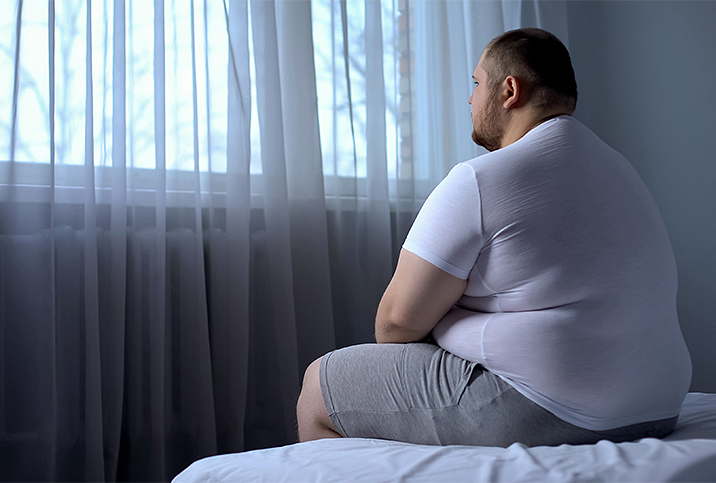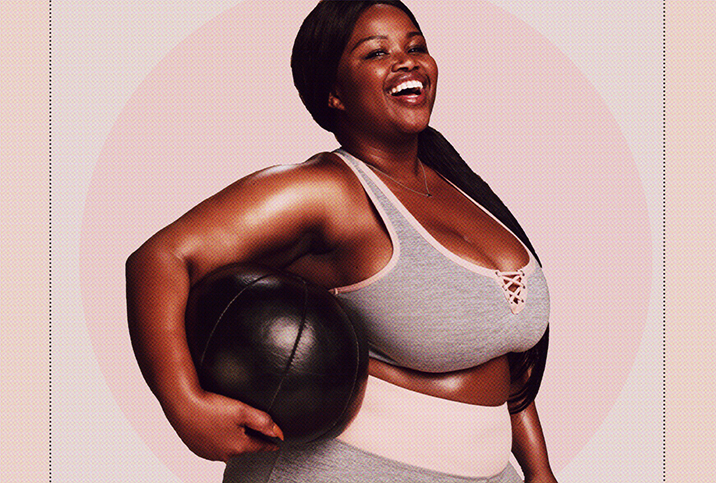Too Big to Donate: Anatomical Giving Programs and Weight
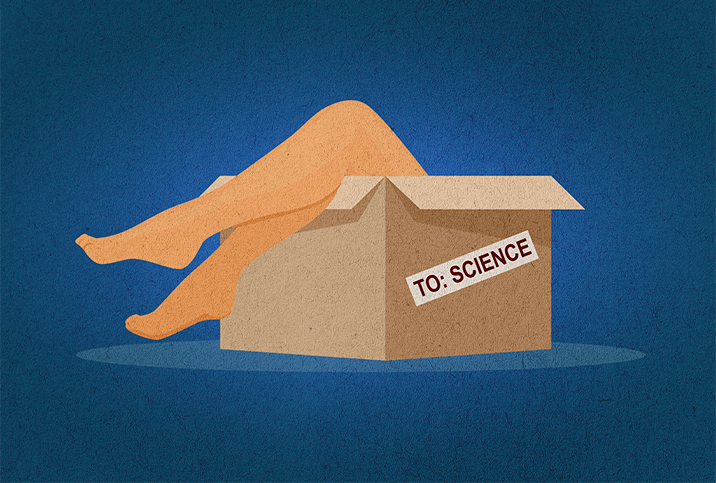
The process of planning for death is complex and emotional. In fact, it's arguably one of the most intense, personal experiences we will ever have. So when it comes to what happens to our bodies once we're gone, we hope and expect that all our choices will be honored.
Anatomical giving—the practice of donating a person's entire body for scientific research—is an option chosen with care and consideration. However, there are barriers to accessing this option, some of which go unknown to potential donors and their families.
While eligibility criteria vary, Harvard Medical School's guidelines provide an example of common reasons for rejection:
"Acceptance of an anatomical gift is contingent upon the decision of Harvard Medical School at the time of death of the donor. Autopsy, embalming, emaciation, obesity, advanced decomposition and history of contagious disease (hepatitis, tuberculosis, HIV/AIDS, etc.) are among the major reasons we cannot accept a donor. Harvard Medical School reserves the right, at any time, to decline a particular donor. Although most anatomical donations are accepted, donors and their families should plan alternative arrangements in the event that a donation must be declined."
Wait, what about weight?
Though some of the parameters are familiar, weight limit restrictions are often a surprise. In many programs, the weight limit for cadavers is 200 pounds to 250 pounds. Other programs use BMI (body mass index) as an eligibility measure.
The effects of weight limits in anatomical giving programs are significant. The experience of finding out a loved one's body has been rejected can create an emotional and financial burden on surviving family members. The rejection may also feel shameful, disrespectful and discriminatory.
Weight limits also provide a broader comment on how large bodies are understood and treated in the medical field. A 2014 study indicated that a majority of first-year medical students exhibited implicit (74 percent) and explicit (67 percent) weight bias.
A 2020 study "identified three overarching themes within students' descriptions of the effects of the gross anatomy lab on attitudes toward bodies perceived to have excess weight: These bodies were described as 1.) difficult, 2.) unhealthy and 3.) evoking disgust. Students extrapolated from their experiences with cadavers to imagined interactions with future patients, relying heavily on the narrative of the difficult patient."
A growing community of medical providers is speaking up about the lack of appropriate training when treating people with obesity. They believe exposure to heavier cadavers is essential to inclusive education and improved patient care.
Fatima Cody Stanford, M.D., is one of the first fellowship-trained obesity medicine physician-scientists and educators in the country. She is an obesity medicine physician, scientist, educator and policymaker at Massachusetts General Hospital and Harvard Medical School.
Stanford acknowledged that some of the reasons offered for rejecting high-weight bodies are valid obstacles to consider in a research or educational environment. She noted the weight limits of equipment, challenges in the transport and handling of cadavers, and explained that excess adipose tissue often affects the manner in which organs function.
Critically, though, "Not all organs from a person with obesity are flawed," she said. "To say, 'Everything across the board from this person with obesity is bad,' it's just not like that."
Weight limits don't only affect the higher end of the scale—some bodies are also turned away for being underweight, and similarly dubbed difficult to teach from.
"It's the Goldilocks phenomenon," Stanford added.
The educational values
Stanford emphasized that in an educational setting, there is a great amount of value in examining bodies with obesity—for example, comparing organs that may have been affected by weight to those which have not.
"The training knowledge about obesity is inadequate in the medical community, and subsequently, everywhere else," Stanford explained. "If docs don't know, then nobody else really, typically, knows. This is problematic and part of why this work, for me, is extremely important in teaching people about the disease[s] and what we need to be thinking about in terms of maximizing the care of patients with obesity."
Adam C. Puche, Ph.D., is chair of the State Anatomy Board of Maryland and a professor, vice-chair of the Department of Anatomy and Neurobiology at the University of Maryland School of Medicine. He explained the University of Maryland program does not follow typical weight limit restrictions and believes in "accepting donors as they are."
'The training knowledge about obesity is inadequate in the medical community, and subsequently, everywhere else.'
He noted he cannot recall rejecting anyone due to weight, because of the burden a rejection would put on the donor's family. He reports the program has accepted bodies weighing more than 500 pounds.
"We will accept them even if we can't use them," he stated.
While maneuvering cadavers of a high weight can prove difficult, he emphasized there is a "nuance" to the issue of high-weight donors and feels that potential logistic challenges should not preclude anyone from donating.
Puche also pointed out that while bodies weighing less than 250 pounds may be considered ideal in initial medical education, more advanced training requires exposure to bodies that represent other demographics.
"Surgeons need that training—otherwise they're learning on the job, and that's not good," he added.
When it comes to what a high-weight person should know before donating their body, Puche advises always discussing choices with family. A donor should inform their family of their intent to donate and should familiarize themselves with state regulations, which do vary. Requirements for different institutions and programs are different, too. All good planning begins with open communication and a discussion about expectations, and donating your body after death is no different.







